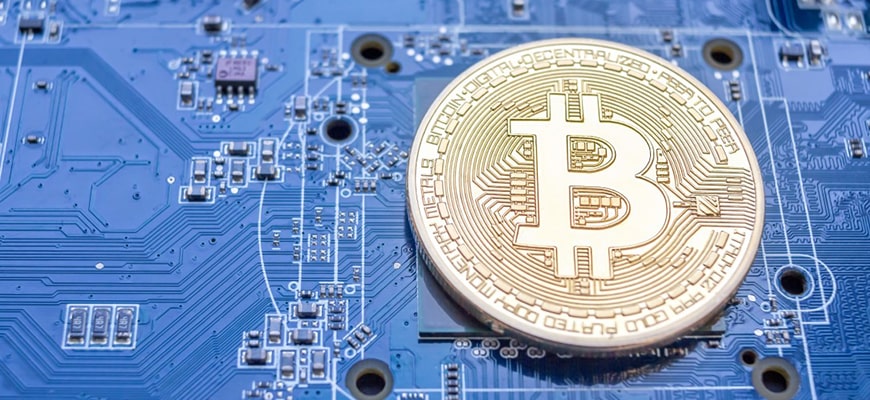Supercomputer is an enhanced version of a general-purpose computer that has significantly increased performance and computing power.
What is a supercomputer?
In the 1960s, the first supercomputers were introduced by Control Data Corporation. Seymour Cray was the developer of the first supercomputer, capable of producing more computation than traditional general-purpose computers. Supercomputers at the time were not as widespread as they are today.
The performance of a supercomputer is calculated in FLOPS, which stands for the number of floating-point operations per second. The most powerful supercomputers are now capable of performing one hundred quadrillion FLOPS.
Today, supercomputers occupy an important place in the technological advances we are experiencing. The most notable use of supercomputers that people may not even be aware of is in weather forecasting. In this area, meteorologists rely on supercomputers to process vast amounts of data from around the world to give the most accurate forecast possible. Because of the vast amount of data used in meteorology, supercomputers are proving to be extremely useful in predicting weather conditions on a global scale.
Around the world, governments are eager to invest in the development of supercomputers. There is currently a worldwide competition between countries for the right to build the best supercomputer to date. In 2017, for example, China, the United States, and the European Union competed against each other to create the first-ever computer capable of processing one quintillion FLOPS.
Despite serious competition for the best design, supercomputers still have a long way to go. Experts estimate that it would take a supercomputer capable of processing one sextillion FLOPS to fully simulate the world’s weather for two weeks. To date, no such technology exists. While supercomputers still have a long way to go, they are already proving to be an important part of our digital development.








